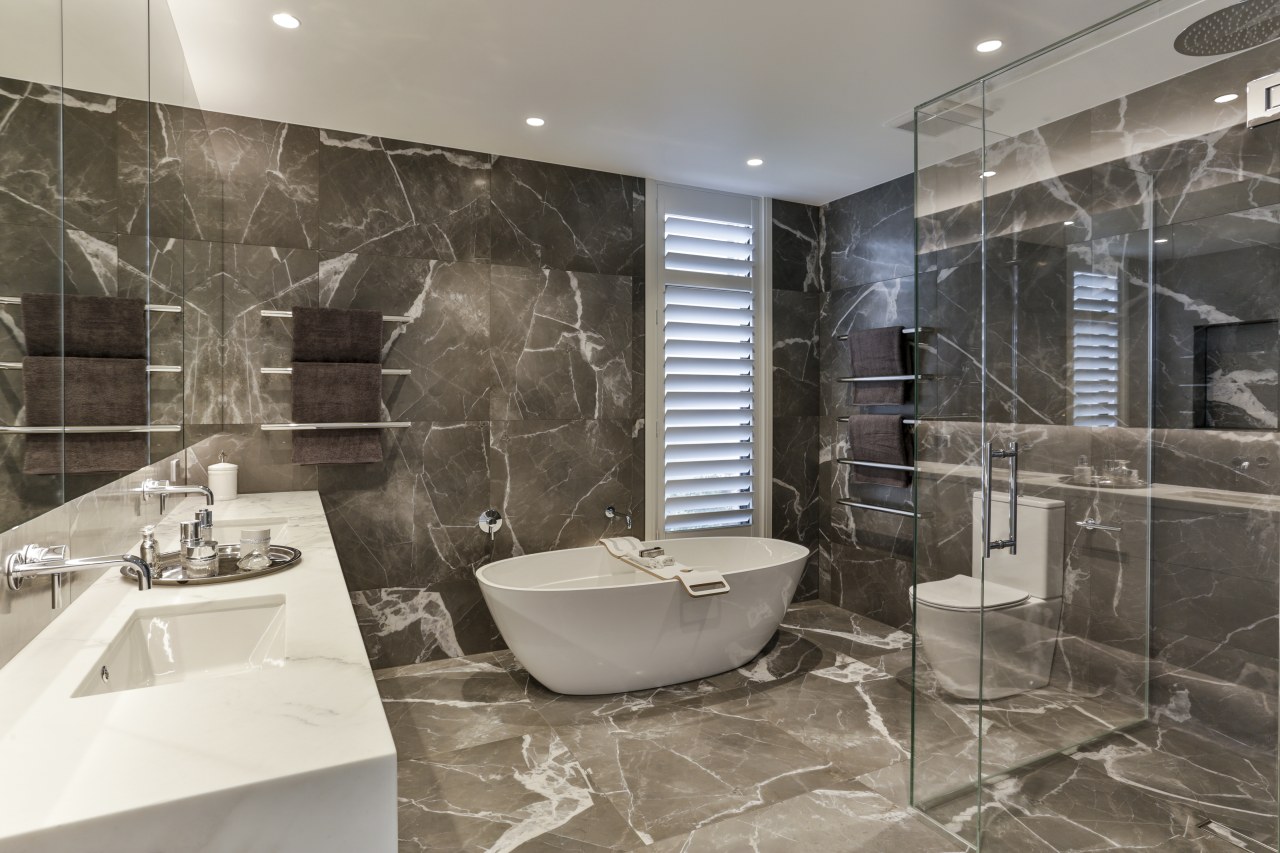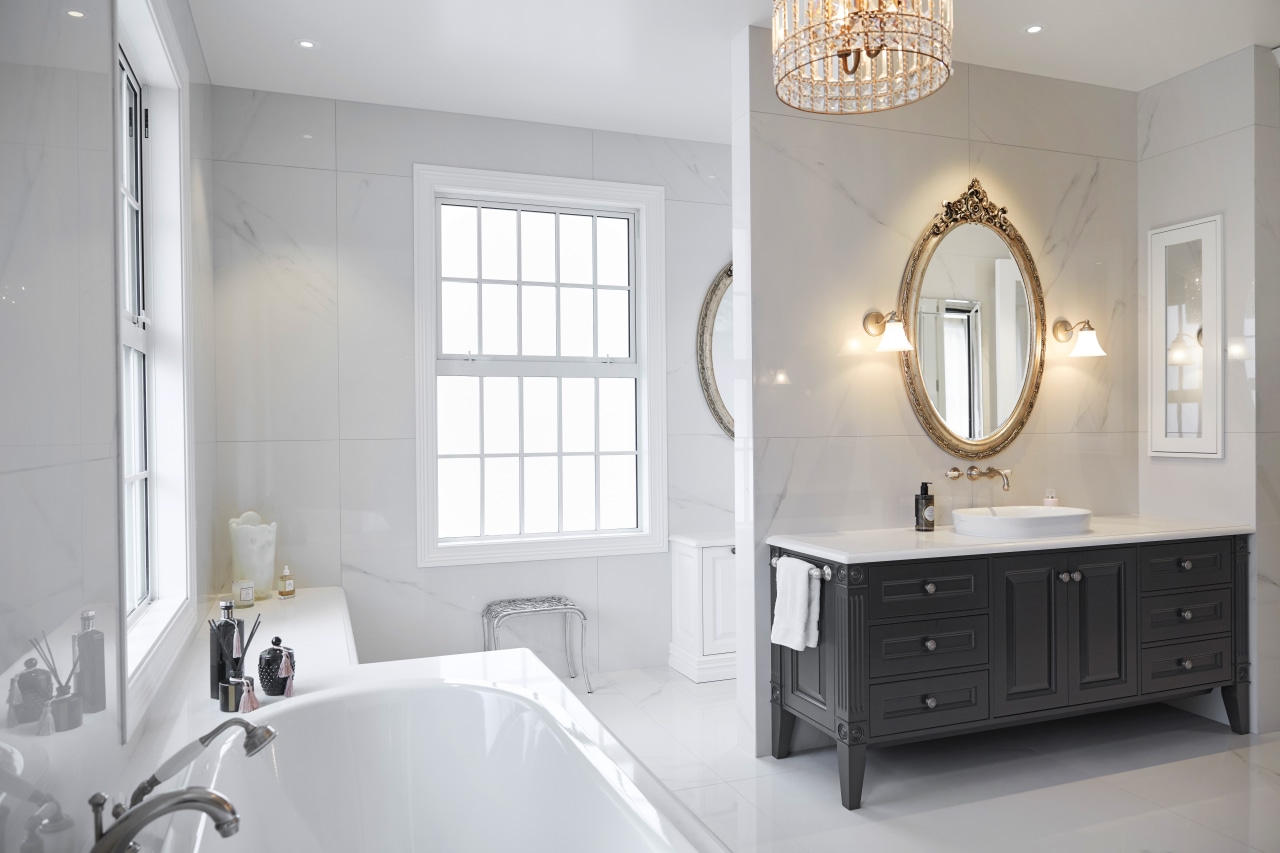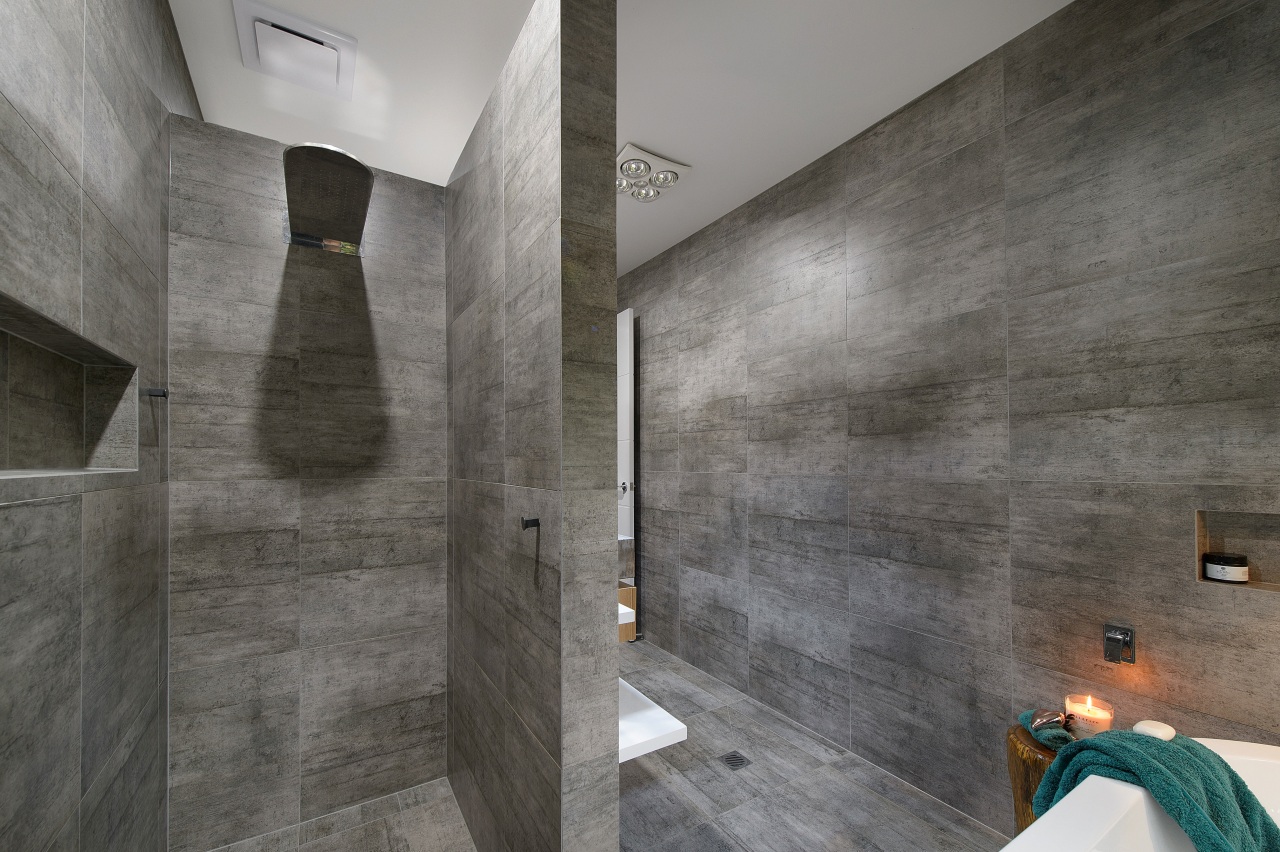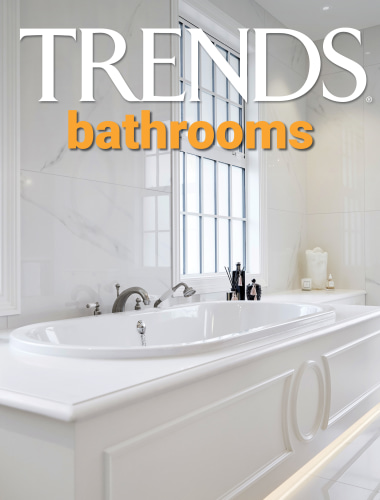How to light your bathroom right
Increasingly, the bathroom is the most considered room in the home and getting the lighting just right is part of this. Here we offer some tips to ensure your bathroom – and you – are seen in the best possible light

1: Nature first
No matter how artfully you light your bathroom there is no substitute for natural light. So before a single fixture is considered, make sure you have maximum natural light input, be it from windows or skylights. Plus mirrors will reflect light – both natural and electric – so the more the brighter. As an added plus mirrors will also effectively double your bathroom’s sense of space.

Plus mirrors will reflect light – both natural and electric – so the more the brighter. As an added plus mirrors will also effectively double your bathroom’s sense of space.

2: Top to bottom – consider your lighting plan as a whole
Part of creating a spa-like bathroom experience is creating a pleasing overall ambience.
A tried and true approach is to consider your recessed ceiling lighting first, then pendant and accent lighting followed by vanity lighting.
Important considerations include putting as much of your lighting as you can on dimmers, choose LED bulbs wherever you can, both for economy of use and longevity (i.e.: less bulb changing).
And whereas warm white might be the choice in other rooms, cool white is an appropriate choice in a space where you may need to see things like makeup application clearly.
That said, LED lights are increasingly available in more neutral tones, which will also go with incandescent bulbs.
Another overall consideration is ‘keep it in the family’. You may have various pendants, sconces etc. but choosing them in the same bronze or brass or chrome finish will draw everything together.

3: Recessed lighting
Ample overhead lighting is key for your bathroom lighting design. Recessed spots should be placed just under a metre apart which will offer a balance of efficient room lighting.
Direct downlights provide light where you need it while diffuse downlights might sound soft but really they will throw light everywhere, including into your eyes, so choose direct downlights.
The other way to avoid glare is to have your ceiling lights deeply recessed, this option together with the use of dimmers will create a balace between a soft light and practical illumination.
Place recessed lights just under a metre apart but don’t over do it.

4: Overhead lighting
Used with recessed lights or in place of a pendant light creates a feature in its own right. Want glam, for example? A dripping chandelier offers a brilliant head start in that regard.
Bearing in mind that your lighting needs to flatter you as well as your bathroom, avoid hanging a pendant directly above your head as this light play is distinctly unflattering. Instead, position it where you walk through the space.
If you’re introducing more than one pendant keep their positioning symmetrical and choose opaque light bulbs as they throw less shadows than clear light bulbs.

5: All is vanity
Task vanity lighting is an important consideration as this is where your early morning face comes under closest scrutiny. Obviously, lighting needs to be quite bright in this area, but bright doesn’t mean blanching!
One lighting design no-no is putting task lighting directly above your bathroom mirror. This is distinctly unflattering and harsh, and also throws shadows that make it actually harder to check your teeth, makeup or contact lenses.
Sconces set to the sides of your vanity mirror provide relatively flattering task lighting. They should be set at eye level, or slightly lower if they shine light downwards or slightly higher if they shine light upwards, avoiding any direct glare from the open end of the sconce.

And there’s another option. Illuminated mirrors, for example backlit LED mirrors, are a great contemporary vanity option.
Lastly, particularly with cantilevered vanities, you can introduce under cabinet or under benchtop LED strip lighting. This concealed lighting option will accentuate the floating nature of your vanity and the strip lighting can also double as soft night lighting, making that 3am trip to the toilet less eventful.

6: Tubs and showers
Again in this area wall sconces create a softer more romantic ambience for a relaxing soak than achieved with overhead lighting. The most common lighting move for tubs is parking your bath under a window which provides flattering natural light and lets you soak in the views.

One round light may be sufficient in your shower, while a glass shower stall lets your shower borrow light from the rest of the room. One popular idea is to introduce a skylight directly over the shower so you can shower under the sun or stars.
And, of course, make sure your shower light is rated for protection against moisture.
7: Heat and light
Another consideration for pendant lighting or in-ceiling lamps is the choice of a heat lamp. They use more power but do provide heat exactly when you need it. With multi-purpose lamps, such as heat lamps or fans attached to a lighting fixture, it pays to have separate controls so the fan doesn’t have to crank up on that chilly winter morning.

Reminder: Why have one lighting aesthetic when you could have 100? Choose dimmers!
Story by: Trendsideas
Home kitchen bathroom commercial design
From farmhouse to farmstead
Walk this way – garden pathways to lead your thinking
Objets central

